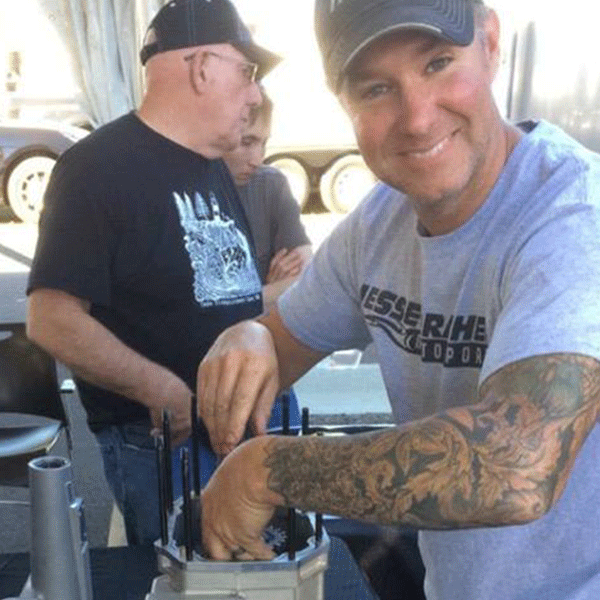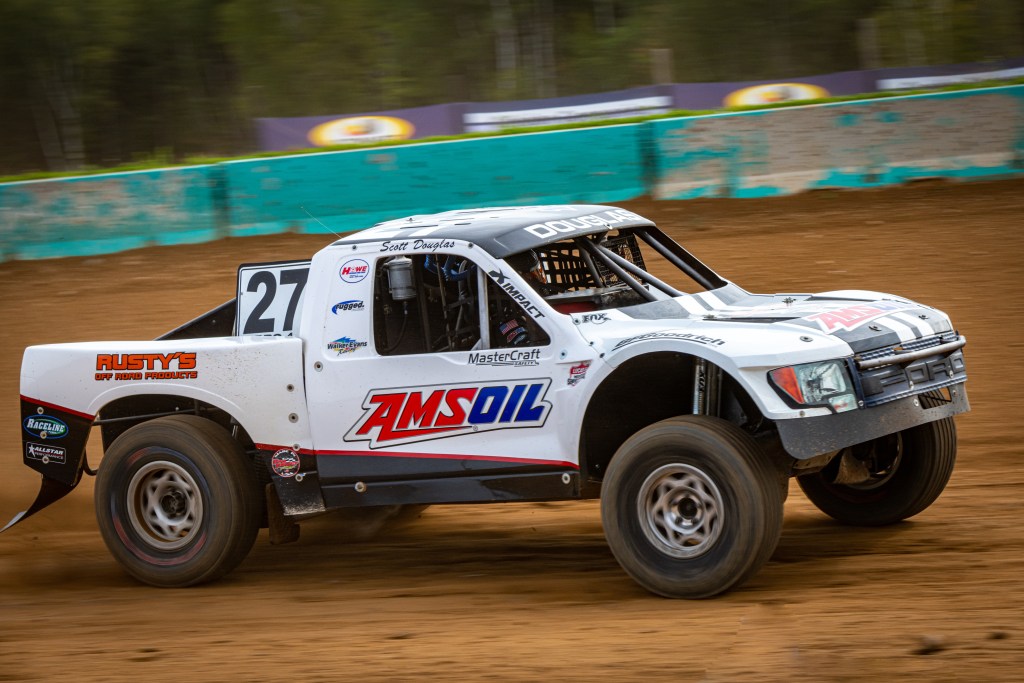ILSAC GF-6, API SP & dexos: New Oil Specifications Andy Arendt|May 01, 2020 7:41 AM As engine-operating conditions grow more severe, so do the demands placed on your motor oil. Hence the need for updated oil specifications, like ILSAC GF-6, API SP and GM dexos1 Gen 2. New engine hardware such as turbochargers, direct injection and variable […]
You are browsing archives for
Tag: auto/light truck
SCCA Mazda Engine Builder Trusts Only AM...
Championship Engine Builder Trusts Only AMSOIL John Baker|Dec 18, 2019 8:11 AM More than 1,080 miles covering six states separate Jesse Prather Motorsports, in Topeka, Kansas, from Virginia International Raceway. And yet Jesse Prather’s influence at the track in October for the Sports Car Club of America’s (SCCA) annual “Runoffs” was unmistakable as an estimated […]
Racing Oil vs. Regular Oil: What’s the D
Why not use Racing Oil in my Car If It’s Tougher? John Baker|Nov 29, 2019 8:00 AM When deciding if racing oil is right for their vehicles, gearheads and other enthusiasts sometimes offer this line of reasoning: Racing engines are more severe than my engine Racing engines use racing oil Therefore, I should use racing […]
How Engine Sludge Forms. And How To Prev...
Engine Sludge Is Easily Avoidable John Baker & Associates |Jul 24, 2019 4:20 PM Engine sludge. It’s a back gelatinous substance that wreaks havoc in engines. And long before the engine’s demise, engine sludge can foul engine sensors and interfere with performance. Some mechanics call it the “black death.” How does motor oil, which is […]



